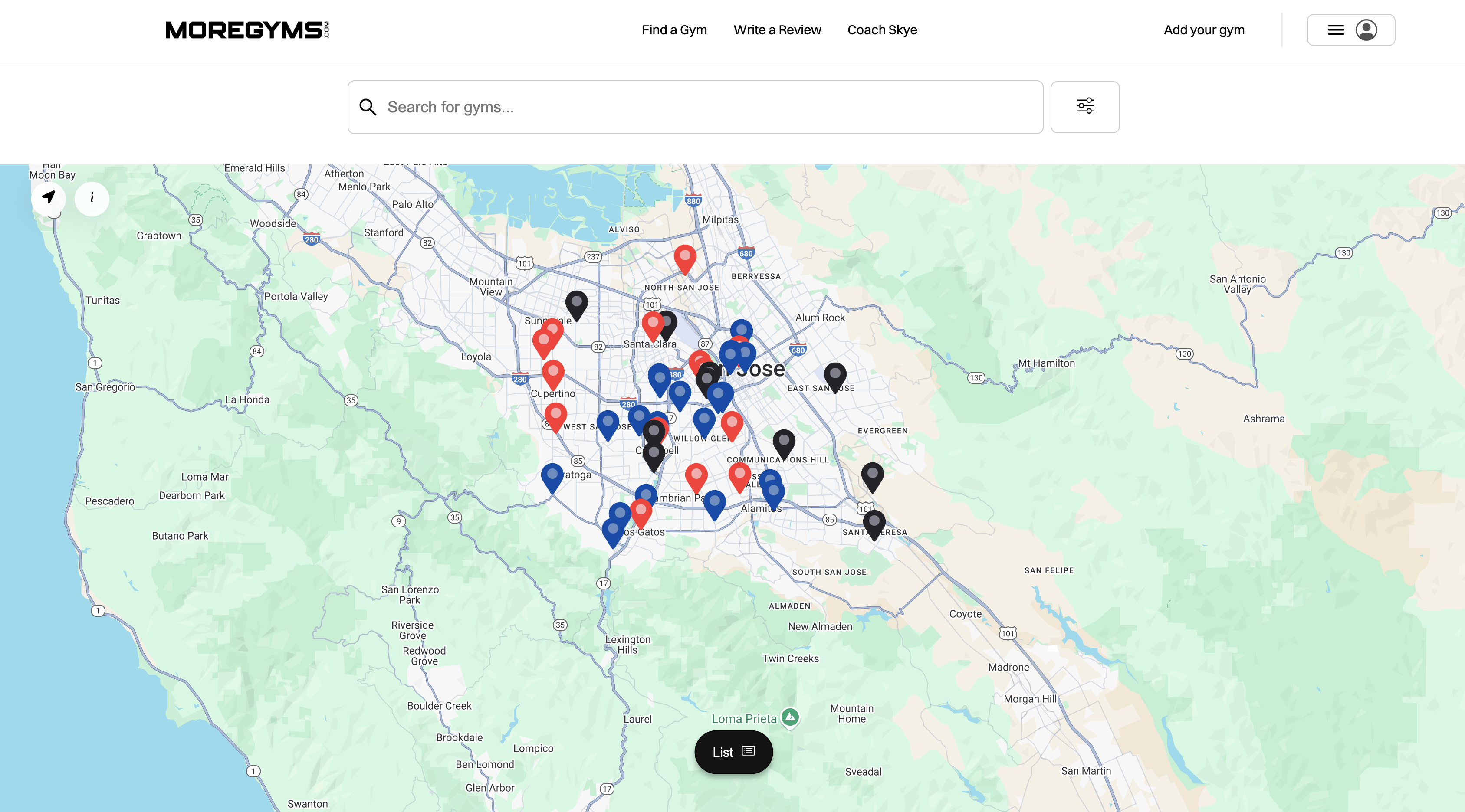One-Rep Max Calculator
Discover your maximum lifting capacity with our one rep max (1RM) calculator. Easily determine the maximum weight you can lift for different exercises, helping you plan and optimize your strength training routine effectively.
Understanding One-Rep Max (1RM)
One-Rep Max (1RM) serves as a crucial metric in strength training, offering insight into an individual's maximum strength capability for a particular exercise. It represents the maximum amount of weight that can be lifted for a single repetition with proper form. Understanding one's 1RM is fundamental for designing effective training programs tailored to specific fitness goals, whether it's hypertrophy, strength gains, or power development. By determining one's 1RM, athletes and fitness enthusiasts alike can establish baseline performance levels, track progress over time, and set realistic targets for continuous improvement.
Calculating One-Rep Max
Several methods exist for calculating one's 1RM, with the Epley formula being one of the most commonly used. This formula incorporates the weight lifted and the number of repetitions performed to estimate the maximum weight an individual could lift for a single repetition. While formulas provide useful approximations, it's important to note that individual variability, fatigue levels, and technique proficiency can influence actual performance. Therefore, practical assessment through gradual progression and testing under controlled conditions remains essential for accurately determining one's 1RM across different exercises and training modalities.
Application in Training and Performance
One-Rep Max plays a pivotal role in program design, helping trainers and coaches tailor workouts to suit individual needs and objectives. By working with percentages of 1RM, trainers can prescribe appropriate loads for various training intensities, ensuring optimal stimulus for strength gains, muscle hypertrophy, or power development. Additionally, tracking changes in 1RM over time provides valuable feedback on the efficacy of training protocols, allowing adjustments to be made to optimize progress and minimize the risk of injury. Whether it's preparing for competition, enhancing athletic performance, or simply improving overall fitness, understanding and utilizing one's 1RM intelligently can lead to more effective and sustainable training outcomes.
